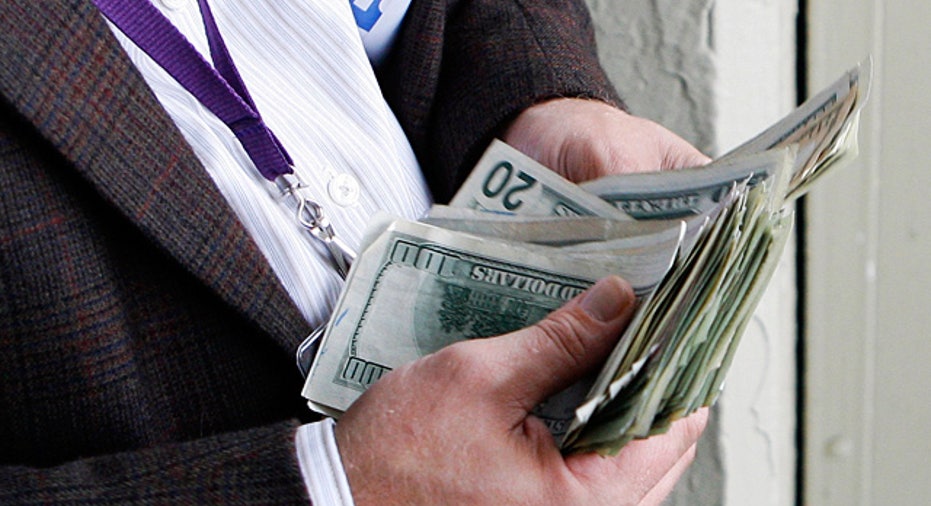Six Tips to Jump Start Your Rainy Day Fund

While saving for your golden years is important, experts say having a rainy day fund can save you from serious financial ruin and should be taken just as seriously as future savings.
A recent study, "Financially Fragile Households: Evidence and Implications," published by the National Bureau of Economic Research, found that nearly half of American households said they would be unable to come up with $2,000 for a financial emergency in 30 days.
Lynette Khalfani-Cox, money coach and personal finance expert, says there’s a difference between a rainy day fund and an emergency fund; you must first build up a rainy day fund and then move on to an emergency fund and both are separate from retirement savings.
The two funds differ in size and purpose, says Khalfani-Cox. One needs about $3,000 to $10,000 dedicated to an emergency fund, whereas a rainy day fund is much lower, from a few hundred dollars up to $1,000.
"A rainy day fund is designed to cover one-time events without blowing your monthly budget," she says. "That purpose is what people need to be thinking about. Having $1,000 would help you get over that unplanned situation that might be financially challenging, but short term in nature."
According to Khalfani-Cox, emergency funds are meant to cover all living expenses for about three to six months, during a major disruption in life like a medical illness, job loss or divorce.
Here are Khalfani-Cox's seven tips to building up a rainy day fund:
No. 1: Make a commitment and stick to it. Starting out with a new fund doesn't require a ton of money and significant lifestyle change, she says, make a modest commitment, like $25 a paycheck or less, and watch your fund grow. "So many people think, 'I don't have $200 to save,' but they need to recognize that every little bit counts. As long as you do it routinely, that builds a cash cushion."
No. 2: Automate savings. Have your employer take out a set amount of money from each paycheck to be deposited directly into savings. “You don't miss the money that much and one day you will look up and see you met that goal."
No. 3: Sell what you don't need. Every family has items they don't need, or simply don't use. Getting rid of furniture, electronics and the like at a garage sale or on sites like eBay.com (NASDAQ:EBAY), to generate a cash cushion and de clutter your house.
No. 4: Use windfalls. Anytime you get an unexpected cash flow, outside of your savings, like a birthday gift, bonus or tax return, stash it away.
No. 5: Adjust withholdings from your paycheck. The average tax return is about $3,000, according to Khalfani-Cox, which means many are paying too much in taxes from their paychecks. "They're letting the government take out too much money, and essentially giving them an interest-free loan." She suggests adjusting the amount of money withheld from your paycheck, and boosting your income by up to $250 a month.
No. 6: Control your spending. Even though the economy is making a slow comeback, resist the urge to go on a spending spree. "People are having frugal fatigue, as we start to see some light at the end of the tunnel. Curb your spending—don't flip back just because things are getting a little better."



















